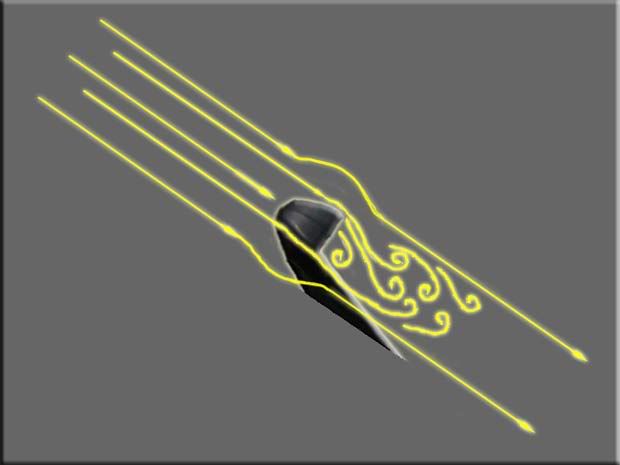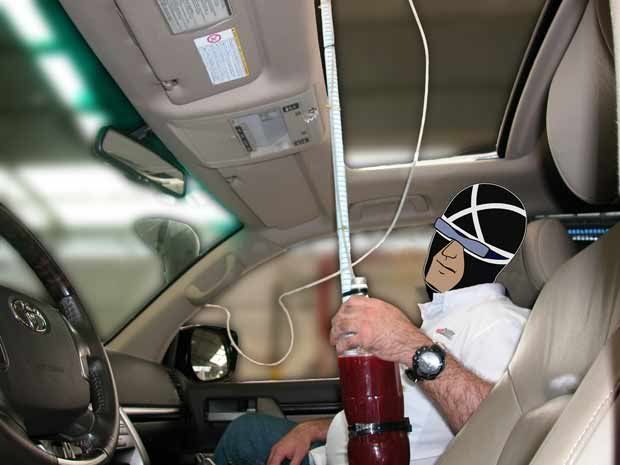Tucan viajero
Adventurer
After many unsuccessful attempts to google a definitive answer to this issue, we decided to conduct our own test to try to determine what happens when you turn your snorkel's intake backwards.
I'm happy to say that we believe that we were able to quantify the difference in intake restriction between a forward and a backward facing snorkel on a Land Cruiser UZJ200 test vehicle.
You can see our test and its results here. Don't worry if you don't know Spanish. Just scroll down until you find the same entry in English.


Please note that because I live in a tropical country, I have absolutely no experience using a snorkel equipped vehicle on snow.
I'm happy to say that we believe that we were able to quantify the difference in intake restriction between a forward and a backward facing snorkel on a Land Cruiser UZJ200 test vehicle.
You can see our test and its results here. Don't worry if you don't know Spanish. Just scroll down until you find the same entry in English.


Please note that because I live in a tropical country, I have absolutely no experience using a snorkel equipped vehicle on snow.
Last edited:
